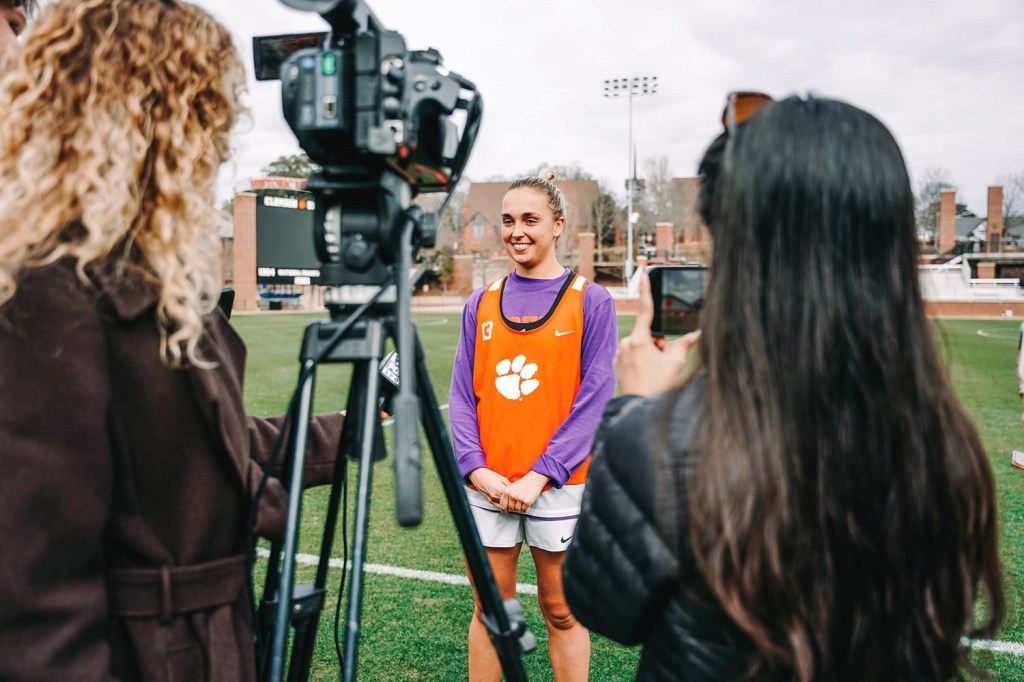
Part of being a sports fan is the nostalgia and memories that come from watching your favorite team play.
For a university with a deep history like the University of Georgia, nostalgia is steeped within the walls of Sanford Stadium, one of college football’s oldest facilities.
Built in 1929, Sanford has seen legends from Herschel Walker to Fran Tarkenton line up between its famed hedges. To pay homage to its history while adding life to the main concourse at the stadium, Georgia and its partner in the project, Varsity, decided to turn back the clock while turning up the creativity.
“The history was the foundation of this entire initiative,” – Tim Rebich, partner at Varsity Partners
As part of the new look, the two parties wanted to add a classic flair to the walls of the concourse, doing so in a way that would tell a story and would be cool enough to be used as the background for an Instagram photo.
[mc4wp_form id=”8260″]
“Storytelling was absolutely important, but more so, the focus was put on the fan and their experience at the game – and how they engaged with the history of Georgia football,” said Tim Rebich, partner at Varsity Partners, the lead designers on the project. “From the detailed information on the player pillars to the legacy brand marks, we wanted to make sure the fans, students, and alumni felt connected to the history of this program.”

One of the iconic quotes used throughout the concourse.
Knowing full well that the designs would be front and center for the fans, Josh Brooks, deputy AD of operations for Georgia Athletics, emphasized in discussions with Varsity that making the designs social media friendly was important. The reason? To be able to carry the narrative and story beyond the walls of the stadium, giving the new look an impact that lasts longer than the seven home games slated to be played at Sanford this year.
“We have so much great history in Sanford Stadium that it needs to be celebrated. Creating opportunities for fans to take pictures and remanence is an important part of that.”
Rebich echoed Brooks’ sentiment, recognizing the importance social media plays in the overall design and execution of physical spaces.

Graphics that were created for a column inside the stadium.
“When you design brand elements and impactful images at a large scale, it increases the likelihood of interaction from fans and people visiting the stadium. As social media has shown, we all want to take pictures and share to let people know that ‘you were there.’ I think that is what is special about this design, it reflects the history and pride of UGA while allowing the opportunity for fans to share their own pride of being a Dawg.”
[mc4wp_form id=”8260″]
Any program can put up graphics, make a cool, Instagram-only space and paint a few walls, but there is only one Georgia football program, and because of that, showcasing the history of the program from beginning till now was a way to engage older fans and captivate younger ones.
“From the jersey styles in the 1920s to the different nicknames the team used to have and even the old rally cries – we used every bit of historical information to inform all design decisions along the way,” said Rebich. “This initiative is truly unique and one of one – because no other program has the exact same story as UGA football.
Like any other trend in 2018, what’s old is new again.
*Varsity Partners is an advertiser with FOS, however, this is not a promoted post.

















